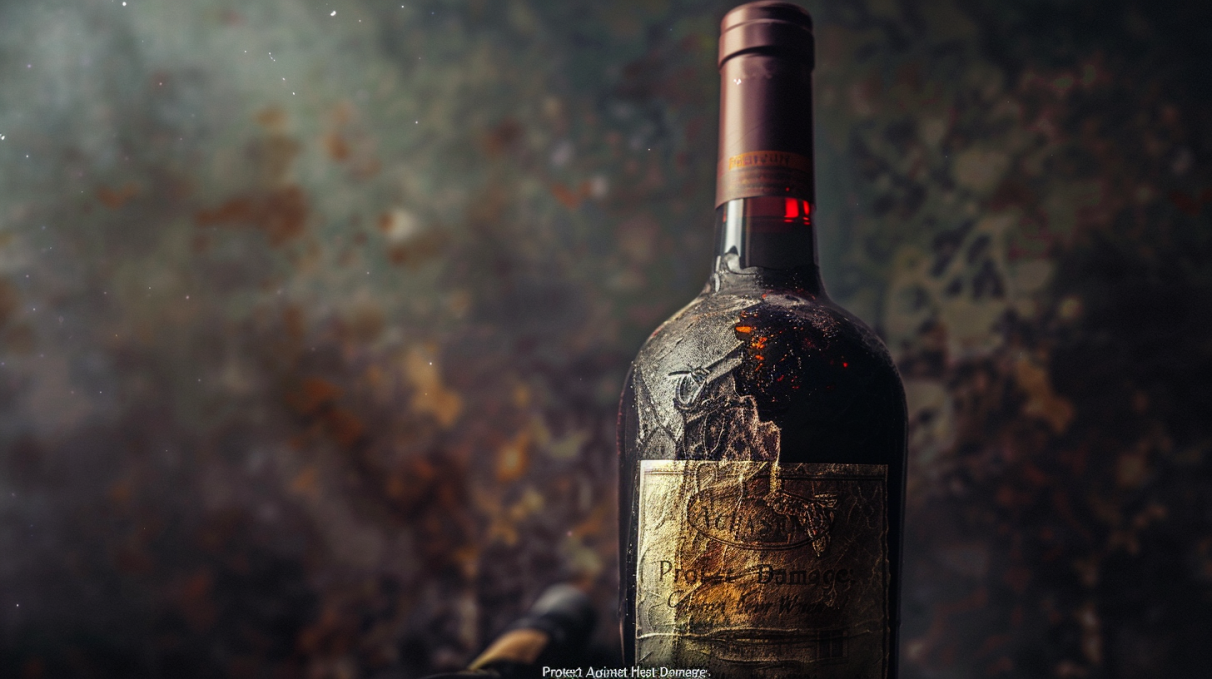Is Your Bottle at Risk? The Hidden Dangers of Wine Heat Damage

Unveiling the Mystery Behind Wine Heat Damage
Have you ever eagerly uncorked a bottle of your favorite wine only to be disappointed by its lackluster taste or aroma? The culprit might not be what you initially suspect. While many factors can affect the quality of wine, one often underestimated issue is heat damage. This silent saboteur can wreak havoc on your bottle without leaving a trace. Let's delve into the world of wine heat damage and learn how to identify its sneaky effects.
Understanding the Impact of Heat on Wine
Wine is a delicate elixir that can easily fall victim to heat. When exposed to high temperatures, the chemical composition of wine can undergo profound changes. Oxidation accelerates, leading to premature aging and a loss of freshness in the wine. Flavors can become muted, and the overall balance of the wine can be thrown off-kilter. Additionally, heat can cause the wine to expand and contract within the bottle, potentially leading to leakage or even spoilage.
Signs of Wine Heat Damage
Identifying wine heat damage can be tricky, as it doesn't always manifest in obvious ways. However, there are some telltale signs to watch out for:
- Discolored or raised corks
- Leaking or seepage around the cork or capsule
- Unusual or off-putting aromas
- Flat or unbalanced flavors
- Cloudy appearance in the wine
Protecting Your Precious Bottles
Prevention is key when it comes to safeguarding your wine collection from heat damage. Here are some tips to keep your bottles safe and sound:
- Store your wine in a cool, dark place away from direct sunlight or heat sources.
- Avoid storing wine in areas prone to temperature fluctuations, such as the kitchen or near appliances.
- Invest in a wine cooler or storage cabinet with temperature control features.
- Monitor the temperature of your storage area regularly to ensure it stays within the optimal range for wine.
- If you suspect a bottle has been exposed to heat, consult with a wine professional for guidance on whether it is still safe to consume.
By being vigilant and proactive in protecting your wine from heat damage, you can ensure that each bottle you open delivers the vibrant flavors and aromas it was intended to provide. Happy sipping!











1
1
1
1
1
1
1
1
1
1
1
1
1
1
1
1
1
1
1
1
1
1
1
1
1
1